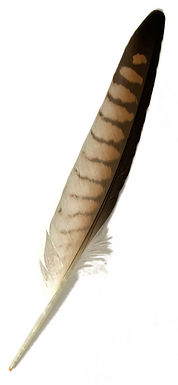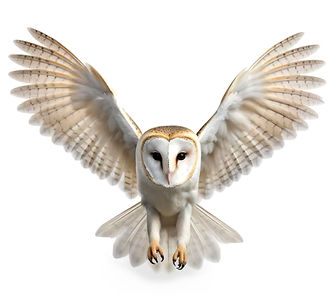
Shamanism
It comes to us from a very ancient Age, well before religions, and was transmitted to us by oral tradition. Its domain is that of the soul, and the relationship it has with our life, and beyond.
The Shaman is a ferryman, an intermediary between the world here and that of spirits, and whose vocation is to help his fellow human beings to better understand their spiritual dimension.
“Meeting my soul”
“Who am I really? »

"What have I come to
do here? »

“What shamanic tradition? »

What is our Soul? If most of us define it as the part of us that does not disappear when we die, it is more difficult to know what place it has when we live.
What is it in me that will go beyond my life here? What part of my identity, of what makes up this “I” that accompanies me everywhere, is truly mine forever?
Is my inner voice really “mine”? And my choices? Are they really at the origin of my destiny? Will my thoughts, my vision and my perception of the world accompany me after my death? Am I unique or are my ancestors, my genes, a part of me and influencing me without my knowledge?
Who am I really?

The shaman, sometimes called a doctor of souls, has the vocation of opening windows or doors on these questions. It makes the link between the two worlds, that of ordinary reality in which we live in this daily life punctuated by the passing of time, and that ofnon-ordinary reality, inhabited by spirits, guides and other entities not visible at first glance.
“What reality? »
Why do we want to take care of our soul?
This is of course not an obligation. Everyone chooses the connection they want to establish with their soul or not. We can, of course, choose to limit the perception of our life to its temporal and earthly dimension and not seek meaning or eternity there. But for those who wish, going to meet your soul opens the possibility of understanding what we came to do in this world. It is seeking to approach our connection with the entire Universe, in its visible and invisible dimensions. It is seeking to better understand our path, before, during and after our earthly life. To glimpse our place in the Great Whole.
Today, death is often seen as a failure. Failure of medicine to combat disease, failure of healthy lifestyle supposed to add a few years to our clock, failure to pay attention to avoid accidents. The shamanic vision takes a completely different look at death. Like birth, it is a step in the journey of our soul. An important step, which we can prepare for throughout our lives. Because the passage of our soul through this world of ordinary reality has meaning, our soul is here to accomplish something. The role of the shaman is also to raise awareness.

“What does this have to do with death? »
What shamanism? Which shaman?
There are several shamanic traditions around the world. They have points in common and differences, in the representation they give of our link with the spirit world.
Shamans generally practice according to the traditions in which they live. But today, with a connected world, influences circulate and shamans sometimes develop a slightly more personal approach.
This is all the more the case in Europe, where our shamanic traditions have disappeared under pressure from the Christian church. If we go back far enough in time, the Celtic traditions, Sami in the far North and also Greek, were our original shamanic traditions.
But then, if there are different traditions, who is right? Isn’t this a sign that they don’t really have the legitimacy to talk about the spirit world?

My position is that every tradition, and even every shaman, opens a window (or a door for those who pass through it) onto non-ordinary reality and the spirit world. A window, a door, is not the whole view, it is a view, among others. What it shows is legitimate, but that does not mean that there are not other points of view.
Moreover, each of us has our own window on the world and can develop our shamanic “vision”. The shaman is not supposed to gain any power over those who consult him, but rather to help them find their path, their relationship to their soul and, if they wish, to initiate them into their own shamanic path.
“Do I have a connection with spirits too? »

“What messages are there for me? »
The spirit world is radically different from that of ordinary reality. To be perceived by us, it often needs a translation to be even slightly understandable. Often, spirits take the form of something familiar to us so that they can just be perceived. But the more the shaman advances in his practice, the more he perceives this non-ordinary reality without translation, without masks. He learns to “see” differently, to “hear” differently. These are no longer images or messages that resemble our ordinary world.
By studying several shamanic traditions, I noticed that the further we move away from the conventions of our ordinary world, the more the traditions converge. The so-called differences or contradictions fade away.
What answers does the shaman deliver?
The shaman is a ferryman, an intermediary (we also say, a hollow bone), the answers and messages he delivers to his consultant come from the spirits and guides he has consulted. To do this, he learns to step aside, to be only a transmitter. This requires great honesty. Sometimes you have to accept that the spirits or guides don't say anything. This means that now is not the right time. We must respect that.
Also sometimes the message may seem strange, or even a little unpleasant or unexpected. It is not up to the shaman to judge the relevance of the message, which is not intended for him. The message delivered by the spirits or guides is in fact the one that the consultant needs to hear at that precise moment. It is the spirits and guides who judge its relevance, not the shaman. And the consultant will do what he decides.

